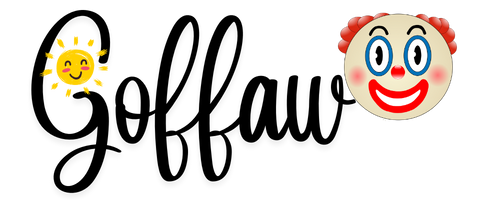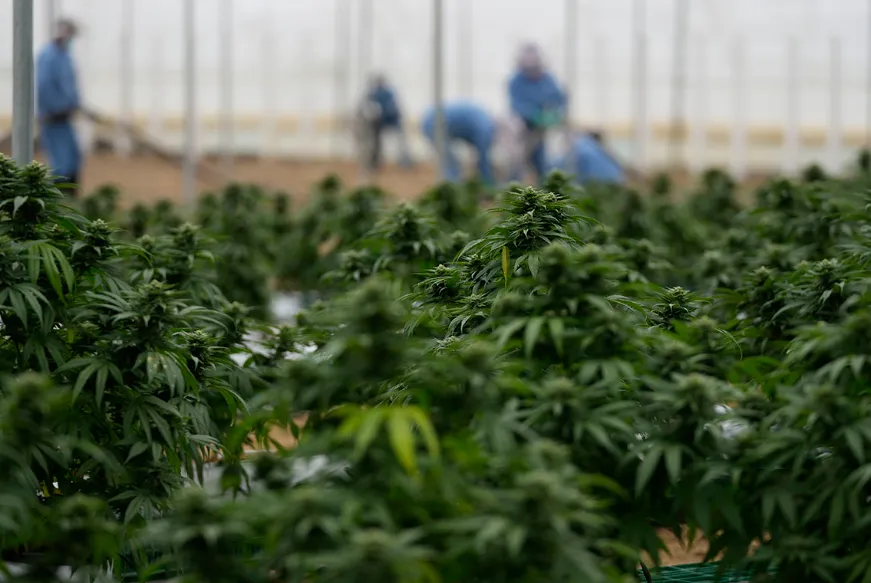Hair has always been more than just a part of our body—it’s culture, identity, and self-expression. Among the many hairstyles that have stood the test of time, the topknot has remained iconic.
But what exactly does “topknot” mean? Is it just a bun on top of the head, or is there more to it?
In this comprehensive article, we’ll break down the true meaning of topknot, where it originates, how it’s used in modern language (especially in text or casual conversation), and share 11 polished alternatives you can use depending on the tone and context.
Whether you’re writing an email, posting on social media, or chatting with friends, understanding the nuances will help you communicate with clarity and confidence.
What Does “Topknot” Really Mean?
The word topknot refers to a hairstyle where the hair is gathered and secured into a knot or bun at the top of the head. But this definition is only the surface.
Historical Context
- East Asian Cultures: In ancient China and Japan, topknots (like the Japanese chonmage) were worn by warriors and samurai. They were symbols of rank, respect, and tradition.
- India: Certain sects, like yogis or priests, wear a “jata” or hair knot symbolizing spiritual elevation.
- Europe: In the 18th century, both used elaborate wigs and topknot-style updos as a sign of high social class.
Modern Interpretation
Today, a topknot is more fashion-forward. It’s commonly seen among:
- Yoga practitioners
- Fashion influencers
- Athletes who want to keep hair out of the way
- Everyday people who just want a quick updo
It can signify practicality, style, or attitude depending on the person wearing it and the occasion.
What Does “Topknot” Mean in Text or Online Slang?
When someone refers to a topknot in a text, it generally retains its literal meaning—referring to the hairstyle. However, in digital culture, it may sometimes carry informal undertones, implying:
- A relaxed or effortless style
- A humorous nod to looking “put together” without trying
- A descriptor for someone perceived as hip, trendy, or minimalist
For example:
“She walked in late, coffee in hand, topknot on point—classic Monday mood.”
In this context, topknot isn’t just a hairstyle. It’s part of a vibe.
How to Use or Refer to “Topknot” in Conversation
Depending on who you’re speaking to—and why—you might want to rephrase “topknot” using alternatives that sound more professional, stylish, or casual. Below, we explore 11 well-crafted alternatives, each with explanation and example usage.
11 Alternatives to “Topknot” Based on Tone and Context
1. High Bun
Tone: Neutral / Professional
A simple and widely accepted term for describing a topknot in formal or workplace settings.
Example:
“She styled her hair in a high bun for the board meeting.”
2. Messy Bun
Tone: Casual / Trendy
Used in relaxed contexts, especially on social media or lifestyle blogs.
Example:
“Rocking a messy bun and oversized hoodie today.”
3. Updo
Tone: Elegant / Formal
Often used to describe refined hairstyles for events like weddings or galas.
Example:
“Her updo was secured with pearl pins and delicate braids.”
4. Chignon
Tone: Sophisticated / Classic
French in origin, this term refers to a low knot but can occasionally be used when describing a top knot styled with elegance.
Example:
“She wore a sleek chignon for her graduation ceremony.”
5. Hair Knot
Tone: Neutral / Descriptive
A more literal and universal term that explains the shape without styling assumptions.
Example:
“Keep your hair out of your face with a quick hair knot.”
6. Crown Knot
Tone: Trendy / Fashion-forward
Suggests a topknot styled high to resemble a crown—often seen in fashion editorials.
Example:
“Her crown knot made her look effortlessly regal.”
7. Samurai Bun
Tone: Edgy / Masculine / Cultural
Sometimes used to describe a men’s topknot inspired by Japanese warriors.
Example:
“He paired his samurai bun with a minimalist suit and boots.”
8. Bun on Top
Tone: Conversational / Informal
A relaxed, chatty way to refer to a topknot.
Example:
“I’m too lazy to style my hair, so it’s just a bun on top today.”
9. Knot Hairstyle
Tone: Neutral / Instructional
Useful when giving tutorials or explaining the style in how-to content.
Example:
“Today’s tutorial: 3 steps to a quick knot hairstyle.”
10. Twisted Bun
Tone: Creative / Slightly Formal
Refers to a variation of the topknot where the hair is twisted before being tied.
Example:
“Try a twisted bun for a more elegant finish.”
11. Quick Tie-Up
Tone: Extremely Casual / Spontaneous
Perfect for describing a fast and functional topknot when you’re in a rush.
Example:
“Just a quick tie-up before heading out for errands.”
Choosing the Right Phrase – Why Context Matters
Language isn’t one-size-fits-all. What sounds stylish in one setting may seem out of place in another. When choosing how to refer to a topknot, ask yourself:
1. Who Are You Speaking To?
- Colleagues or clients: Use “high bun” or “updo.”
- Friends or social followers: “Messy bun” or “bun on top.”
2. What’s the Purpose of the Conversation?
- Professional: Maintain clear, respectful terminology.
- Creative writing or blogging: Feel free to mix in personality or playfulness.
3. What Is the Tone You Want to Convey?
- Elegant: Try “chignon” or “twisted bun.”
- Trendy: Opt for “crown knot” or “samurai bun.”
- Neutral: Stick with “hair knot” or “top bun.”
Cultural Considerations When Using “Topknot”
The topknot isn’t just a fashion trend—it carries cultural weight in many parts of the world.
- In Korea, the sangtu was traditionally worn by married men.
- In Hawaii, some warriors and dancers wore topknots with symbolic meanings.
- In Native American traditions, hair tied atop the head could signify tribal status or spiritual readiness.
Tip:
When referencing traditional or cultural versions of a topknot, acknowledge their origin to avoid appropriation or misrepresentation.
Topknot in Fashion, Fitness, and Pop Culture
You’ve probably seen topknots worn by:
- Yoga instructors
- Celebrities on red carpets
- Instagram influencers
- Busy moms and students
It’s a go-to style for people who want:
- Hair out of the way
- To look chic without effort
- To show personality through simplicity
Even in runway fashion, topknots are styled to look either clean-cut or intentionally disheveled—both considered high style in the right context.
Why the Topknot Stays Relevant
Few hairstyles cross such a wide spectrum of:
- Cultures
- Generations
- Genders
- Occasions
The topknot is versatile. It’s fast, functional, and fashionable. Whether you’re aiming for an elegant evening look or just keeping cool at the gym, it works. Its power lies in its simplicity and flexibility.
Conclusion:
While “topknot” is a straightforward term, its usage holds depth depending on tone, context, and culture. By learning how and when to use alternatives like “high bun,” “updo,” or “messy bun,” you open up your communication to be more thoughtful and refined.
Always consider:
- Your audience
- Your platform
- The emotion or tone you wish to convey
From fashion-forward statements to casual chats with friends, knowing the right variation can elevate how you sound—and how your message is received




